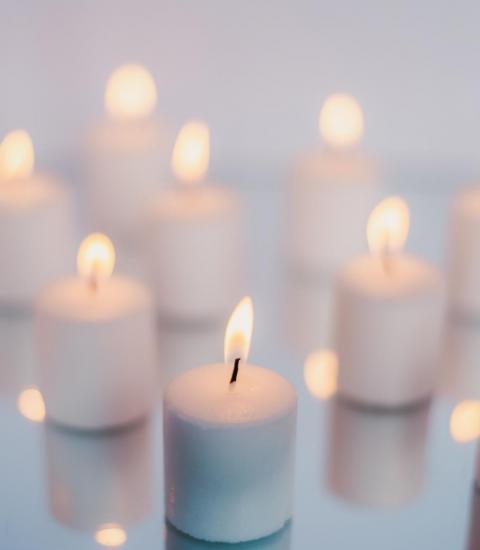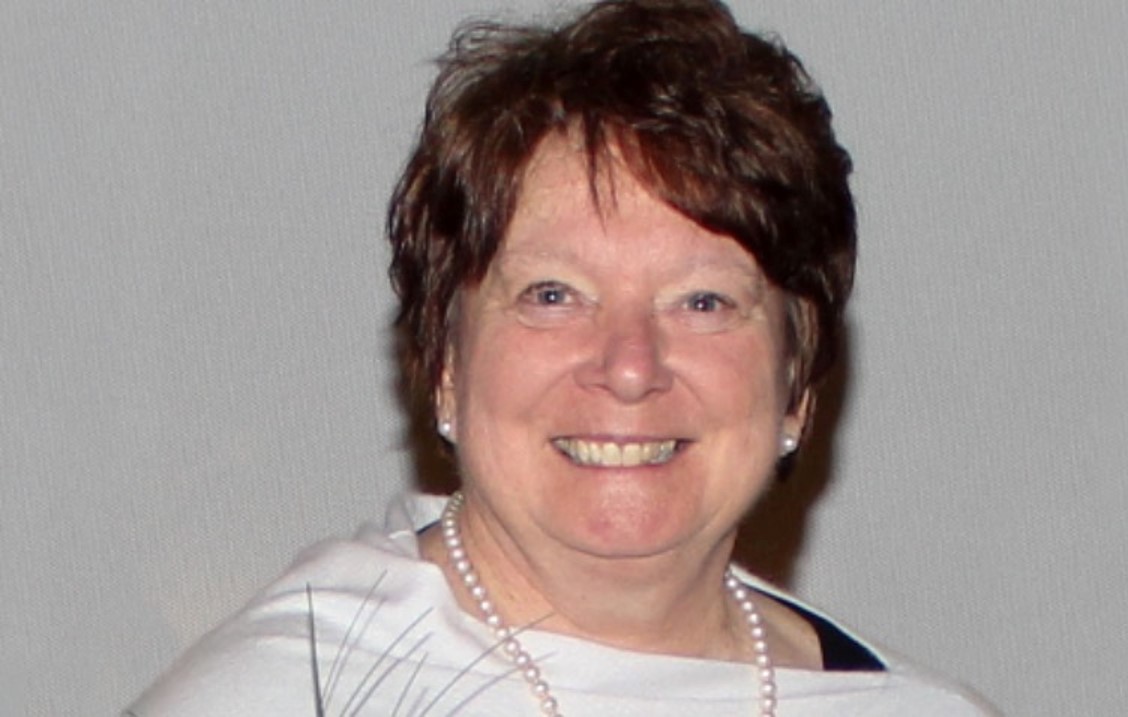
9 December 2020 | Elaine L. Pico, MD, FAAP, FAAPM&R, Editor-in-Chief, Journal of Pediatric Rehabilitation Medicine, and UCSF Benioff Children’s Hospital Oakland, CA, USA
A few weeks ago, Dr. Jacob Neufeld’s widow gave me his reflex hammer, which, much to my surprise, except for one detail, was identical to the one I had lost at the UCSF Benioff CHO Rett Clinic just prior to the pandemic. The striking coincidence was that it unexpectedly arrived just weeks after the loss of another dear colleague, Dr. Mary Jones, the director of the same UCSF Benioff CHO Rett Clinic where my reflex hammer was lost several months prior.
A few weeks ago, Dr. Jacob Neufeld’s widow gave me his reflex hammer, which, much to my surprise, except for one detail, was identical to the one I had lost at the UCSF Benioff CHO Rett Clinic just prior to the pandemic. This type of reflex hammer was highly encouraged at the time I did my residency in Physical Medicine and Rehabilitation at the Mayo Clinic. Difficult to find and I rarely encountered one outside of Mayo, it is expensive and of superb balance with precision accuracy. My favorite reflex hammer was replaced with the name of my late colleague engraved on it, making it even more special. The striking coincidence was that it unexpectedly arrived just weeks after the loss of another dear colleague, Dr. Mary Jones, the director of the same UCSF Benioff CHO Rett Clinic where my reflex hammer was lost several months prior.
Dr. Jacob Neufeld’s reflex hammer.
On November 20, 2020 in the afternoon, Dr. Mary and I were on a video appointment with one of our Rett patients and her family. Dr. Mary looked seemingly well, however approximately nine hours following that call, she succumbed to her cardiac condition. The next morning, I awoke to hear that Dr. Mary, my mentor and closest colleague, had passed.

Dr. Mary was a peer reviewer of Journal of Pediatric Rehabilitation Medicine (JPRM) manuscripts and a supporter of the Journal. We were alike in many ways. She loved our video calls and the fact that we could continue to see our families virtually in their homes during the pandemic. We both did in-person home visits prior to the pandemic and attended IEPs, along with relentlessly advocating for our patients. Over a decade ago, Dr. Mary persistently approached me to become a member of the Rett Clinic and offered to treat me to my favorite restaurant in the San Francisco Bay Area to discuss this opportunity. During this meeting, Mary said that she was even willing to change the clinic to a day and time that was most convenient for my schedule. This was an offer I could not refuse! As I had secretly longed to be a part of the Rett Clinic, I eagerly agreed to join.
To honor Dr. Mary and her international legacy in the Rett Community, JPRM has published an important review article: Rehabilitation therapies in Rett syndrome across the lifespan: A scoping review of human and animal studies. Furthermore, there is a tribute to her from a Pediatric resident who knew Dr. Mary since childhood: Professional tribute: Dr. Mary D. Jones.
As you are likely aware, our esteemed colleague Dr. Jacob Neufeld, who died by suicide in September of 2017, founded JPRM in 2008. In January of 2018, I was appointed Editor-in-Chief (EIC). Since that time, one of my priorities has been to ensure that the members of our pediatric rehabilitation community know that JPRM is our journal and that its global reach continues to expand.

In January of this year, I gave a virtual grand rounds presentation on physician moral injury, burnout and suicide to the UC Davis PM&R department. One attendee commented that it was important to remember that we have good and bad days. Suicide may be likened to a reflex hammer. Especially when bad events occur that can trigger a knee jerk reaction. There is literature that evaluates the impulsive knee jerk nature of suicide [1–3]. During those painful and provocative events [1], remember that there is help, the suicide prevention hotline, colleagues, family, and friends. Focusing on what has pulled us through before and knowing that even in those seemingly insurmountable moments that there will be times of joy and laughter again. As a specialty with a high rate of physician burnout [4] we are actively working towards vision zero, that is zero physician suicides.
Please feel free to contact me if you have questions or comments: elaine.pico@ucsf.edu; or Sara Tinsley our Managing Editor: jprmst@gmail.com.
References
[1] Jordan JT, Samuelson KW, Tiet QQ. Impulsivity, Painful and Provacative Events, and Suicide Intent: Testing the Interpersonal Theory of Suicide. Suicide Life Threat Behav. 2019 Aug; 49(4): 1187-1195. doi: 10.1111/sltb.12518. Epub 2018 Oct 11.
[2] McHugh CM, Chun Lee RS, Hermens DF, et al. Impulsivity in the self-harm and suicidal behavior of young people: A systematic review and meta-analysis. J Psychiatr Res. 2019 Sep; 116: 51-60. doi: 10.1016/j.jpsychires.2019.05.012. Epub 2019 May 17.
[3] Liu RT, Trout ZM, Hernandez EM, et al. A behavioral and cognitive neuroscience perspective on impulsivity, suicide, and non-suicidal self-injury: Meta-analysis and recommendations for future research. Neurosci Biobehav Rev. 2017 Dec; 83:440-450. doi: 10.1016/j.neubiorev.2017.09.019. Epub 2017 Sep 18.
[4] Leslie Kane, MA 1/16/2019, Medscape Physician Burnout, Depression & Suicide Report 2019, http://bit.ly/Medscape PhysicianBurnout
